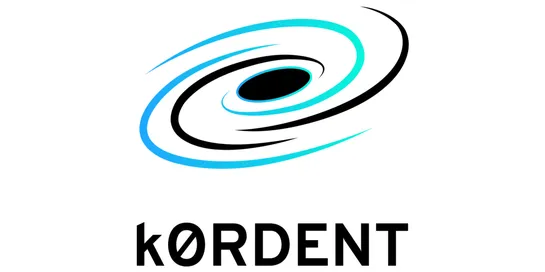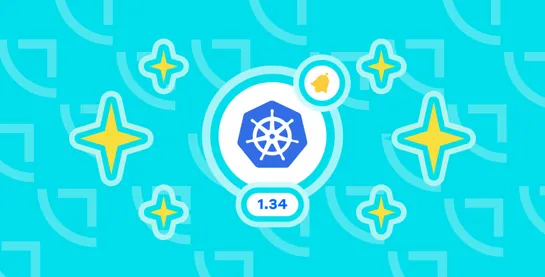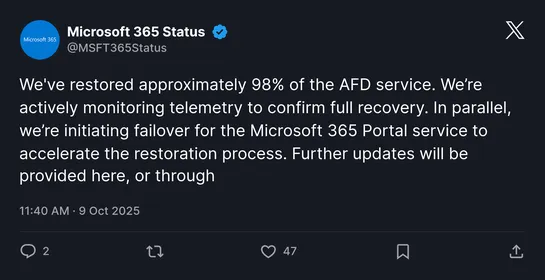Kubernetes Gateway API 1.4.0 Makes Network Routing More Declarative and Reliable
Kubernetes releases Gateway API 1.4.0, enhancing service networking with new features like secure TLS connections and improved configuration options.
Join us
Kubernetes releases Gateway API 1.4.0, enhancing service networking with new features like secure TLS connections and improved configuration options.

Hey, sign up or sign in to add a reaction to my post.
Mirantis introduces Pelagia, an open source tool to streamline Ceph storage management on Kubernetes, advancing automation and integration with GitOps workflows.
Hey, sign up or sign in to add a reaction to my post.
Mirantis releases k0rdent 1.2.0, advancing Kubernetes management with new features, ARM64 support, and improved observability using OpenTelemetry.

Hey, sign up or sign in to add a reaction to my post.
Recently, the latest Kubernetes version, v1.34, was released with 13 new alpha features on board. They include: - KYAML, a new dialect of YAML for Kubernetes manifests, which is still compatible with all existing tooling; - asynchronous API calls to kube-apiserver during scheduling; - various enhanc..

Hey, sign up or sign in to add a reaction to my post.
A Kubernetes crash caused a major Azure outage, impacting Teams and Minecraft in EMEA, with Microsoft working to restore services.

Hey, sign up or sign in to add a reaction to my post.
Qovery raises $13M Series A to enhance its DevOps automation platform, addressing the DevOps engineer shortage and supporting regional expansion and AI-driven development.
Hey, sign up or sign in to add a reaction to my post.
This tool doesn't have a detailed description yet. If you are the administrator of this tool, please claim this page and edit it.
Hey there! 👋
I created FAUN.dev(), an effortless, straightforward way to stay updated with what's happening in the tech world.
We sift through mountains of blogs, tutorials, news, videos, and tools to bring you only the cream of the crop — so you can kick back and enjoy the best!
